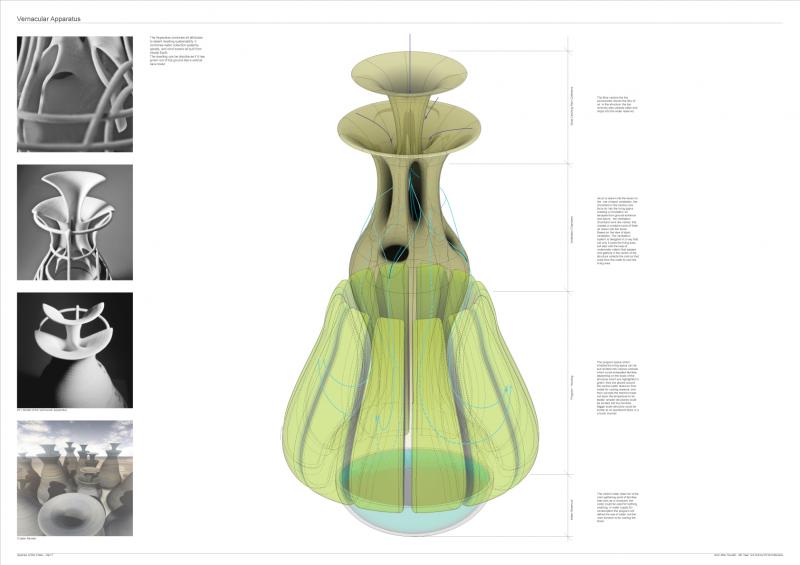
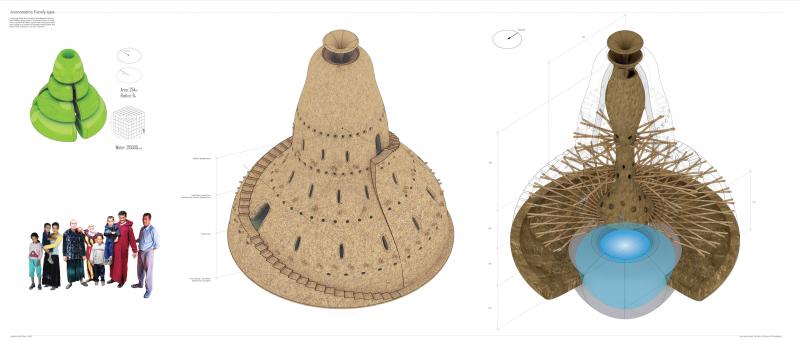

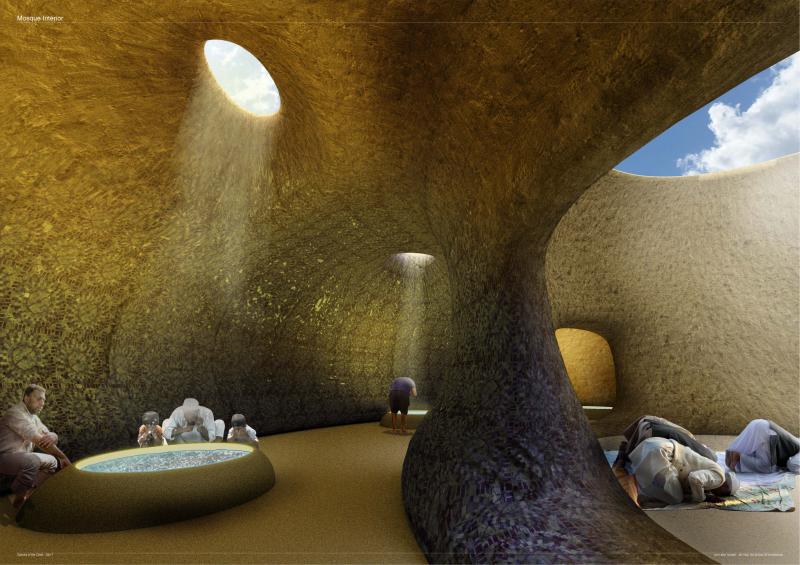
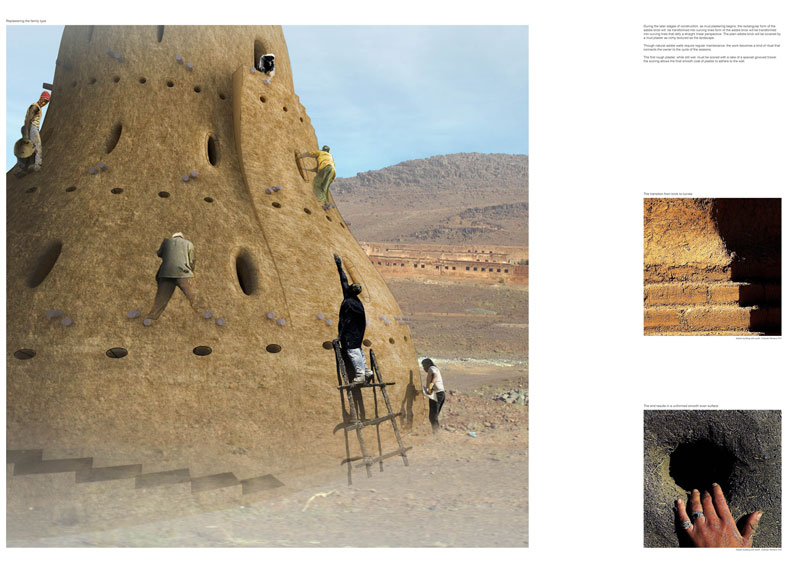
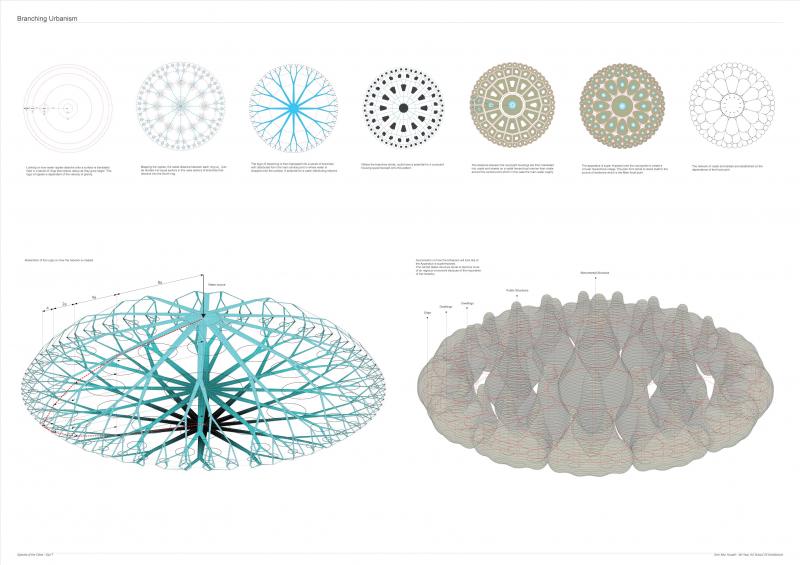
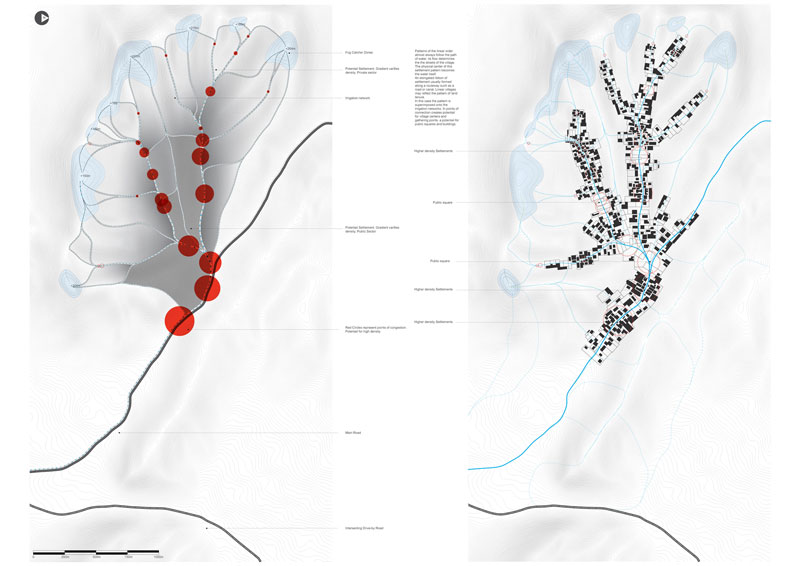
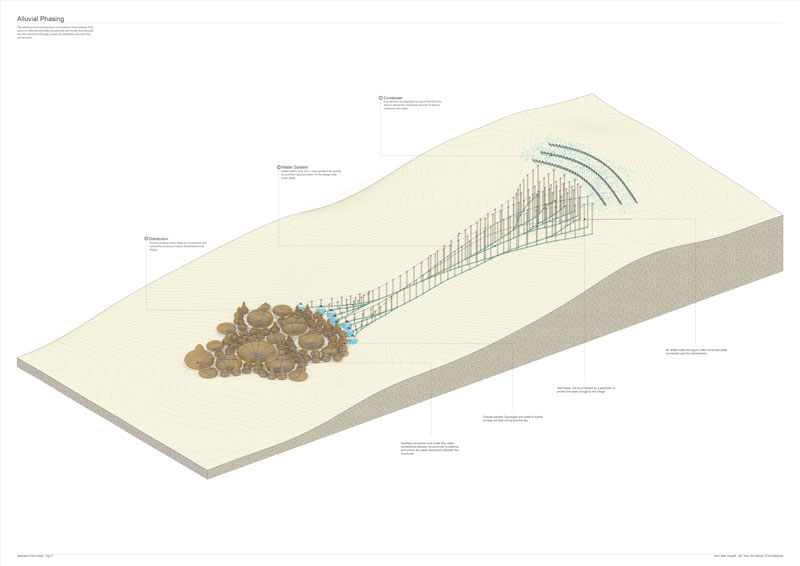
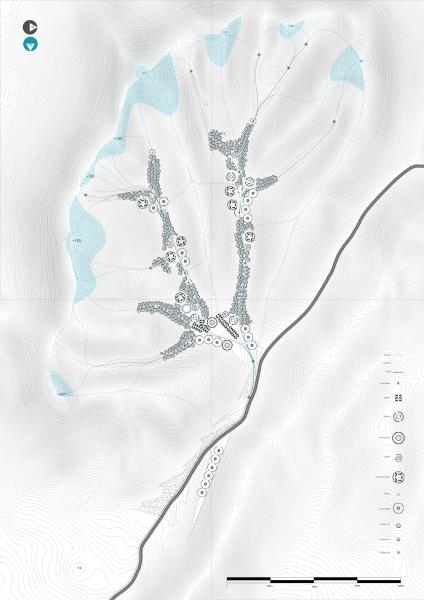

Climate resilient Settlement: Alluvial Village
The possibility settlements in extreme climatic conditions
As the climate of the world is rapidly changing, foreseen massive
population migration will take place, properly about 50 years, more than 200 million people will be
displaced, Rural exodus because of climate change will soon over populate cities, and limited sources , Is there a way to re urbanise rural areas, and reclaim the land for the indignoues population willing to return back to their land? On the other hand from an architecture point of view The issue of Global warming and climate
change has enabled continuous advanced research in technologies
in producing and increasing numbers of smarter or even
Intelligent Buildings designs, to harvest energy and creation or
energy renewable systems therefore city life becomes develops a
conscious about limited energy supply resources and renewable
energy. Now with the technology available to harvest energy through intelligent passive and dynamic strategies,
would the design approaches go ‘back to basics’ and maintain the
traditional old passive strategies that are still in use- or would they
serve as a catalyst and invent a cross breed of vernacular intelligence with new technologies?
In order to create a self-sufficient autonomies climate resilient
settlemetns, I tend to invent a cross breed of vernacular intelligence